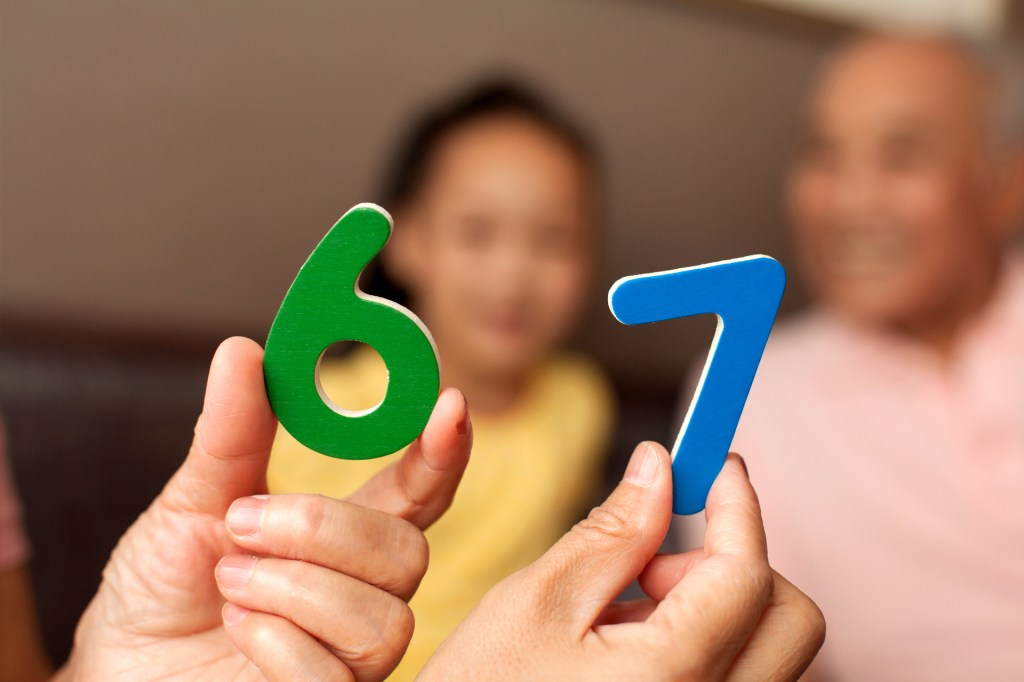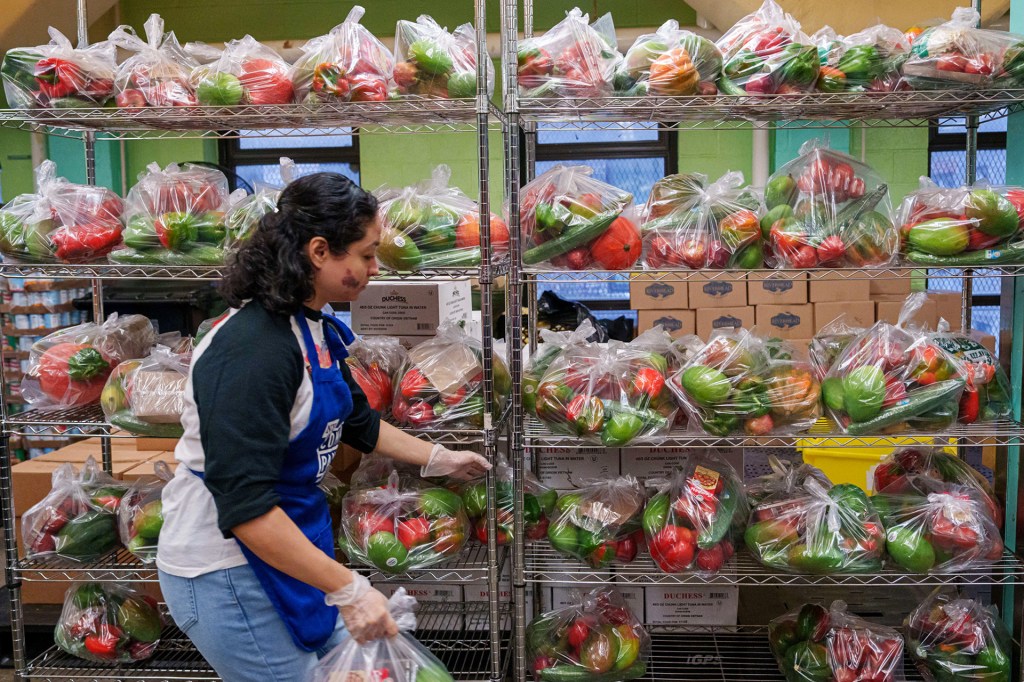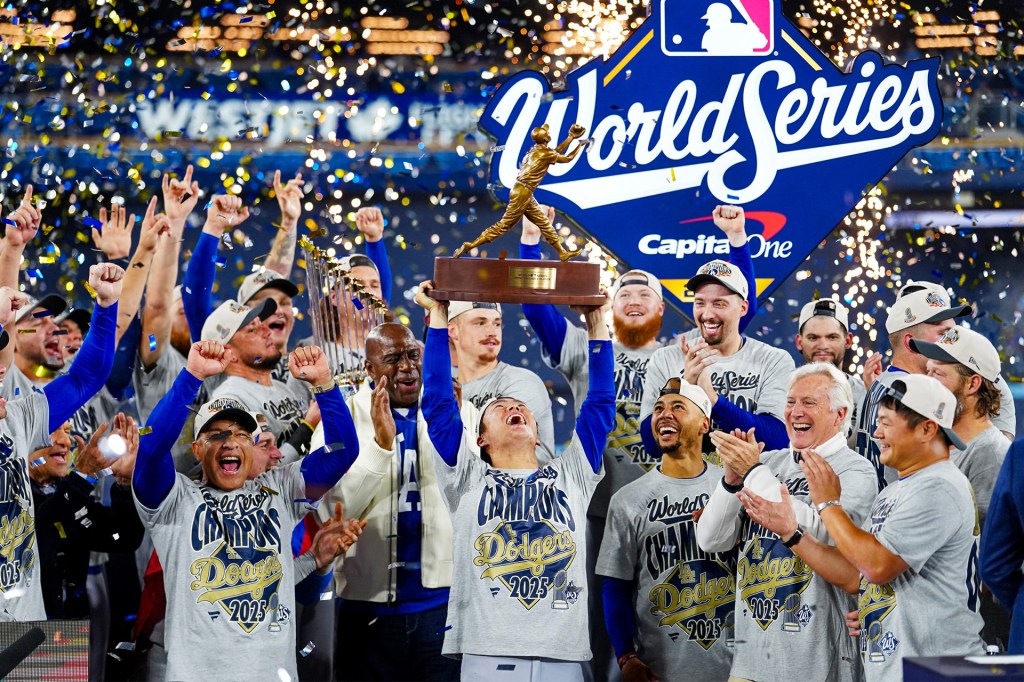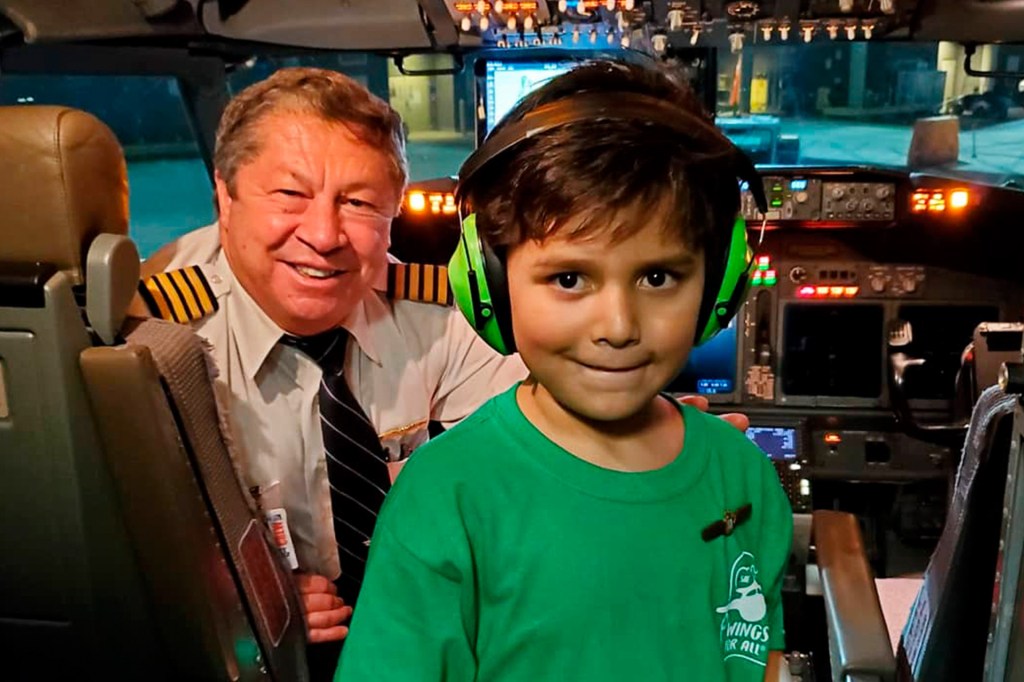Fact Check
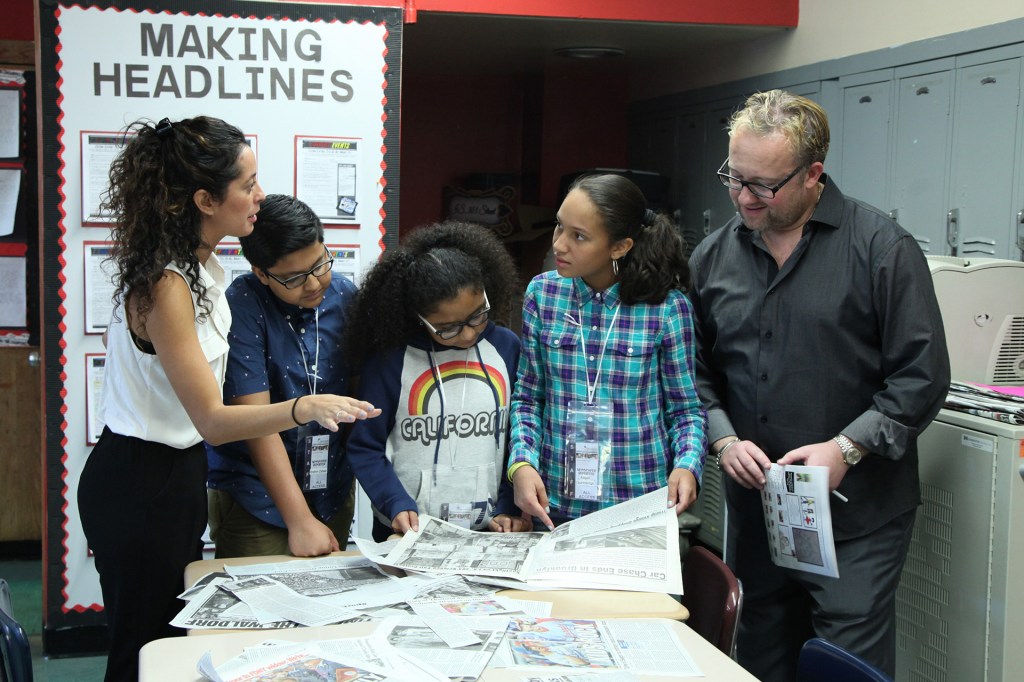
Information is available 24/7. How do you know whom to believe? News literacy programs help kids sort fact from fiction.
Khadija Qanoongo, 12, says she used to believe everything she read online. Then she took a news literacy class. She learned how to determine if a website is reliable
reliable
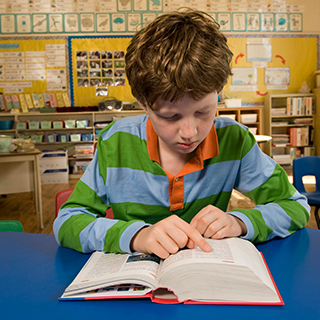 BRIAN SUMMERS—GETTY IMAGES
able to be believed; likely to be true or correct
( )
John used an encyclopedia as a reliable source for his history report.f
. She found out that many are not. “Now I’m very careful when I read news on the Internet,” Khadija told TFK.
BRIAN SUMMERS—GETTY IMAGES
able to be believed; likely to be true or correct
( )
John used an encyclopedia as a reliable source for his history report.f
. She found out that many are not. “Now I’m very careful when I read news on the Internet,” Khadija told TFK.

BEYOND HEADLINES I.S. 303 teachers Marisol Solano and Brett Dobin encourage students to think critically about the news.
NATAKI HEWLING FOR TIME FOR KIDSKhadija goes to I.S. 303, in Brooklyn, New York. Marisol Solano teaches news literacy at the school. “I tell students that news literacy is really about trying to get to the truth,” she says.
Reading Between the Lines
Rosamaria Garces, 12, is also a student at I.S. 303. She has seen several fake stories posted on social media. “I think kids my age should notice more and read between the lines,” she says.
Angel Gonzalez teaches news literacy at De La Salle Academy, in New York City. He tells his students to pay attention to where their news comes from. “We’re only as good as the information we consume, in terms of our ability to [know about] the world,” he says.
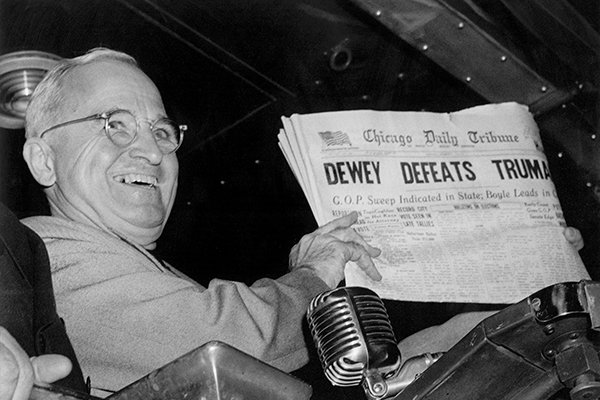
WHOOPS! In 1948, President Harry Truman holds a newspaper incorrectly announcing that his opponent, Thomas Dewey, has won the election.
BYRON ROLLINS—APA program called the News Literacy Project sends journalists to speak with Gonzalez’s classes. They talk about what goes into producing news coverage that people can trust.
Alan Miller started the program. It is now in more than 100 schools. Miller used to be a reporter. He points out that anybody can post a view on social media. But a story must meet a stricter set of standards
standard
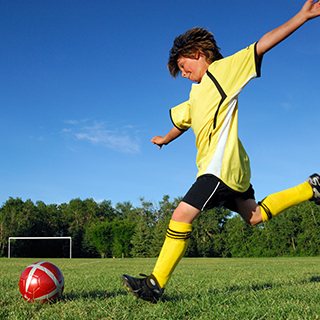 PETER CARROLL—GETTY IMAGES
a level of quality that is considered acceptable
( )
Brian easily met the standard to join his school’s soccer team.
to make the front page of a major newspaper. “All information is not created equal,” he says.
PETER CARROLL—GETTY IMAGES
a level of quality that is considered acceptable
( )
Brian easily met the standard to join his school’s soccer team.
to make the front page of a major newspaper. “All information is not created equal,” he says.
Of course, news organizations make mistakes too. The day after the 1948 presidential election, the Chicago Daily Tribune announced that Thomas Dewey had won. In fact, he had lost.
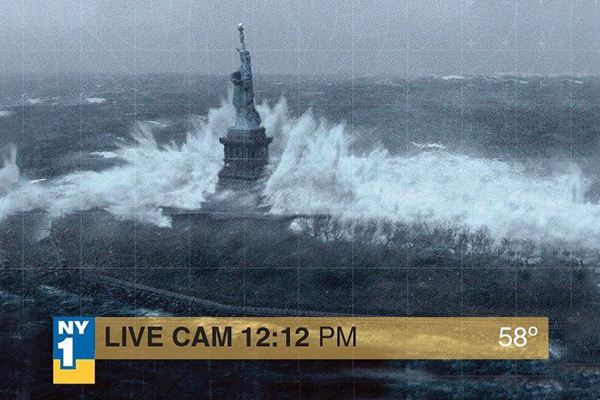
LOOKS REAL. IS IT? After a storm hits the New York area, this photo is posted online. It shows a scene from a popular movie, not a news photo.
TWITTERNews literacy students also learn to pay attention to an author’s purpose. Solano tells her students to ask themselves: Is the author presenting both sides? If not, the writer’s aim may be to persuade readers. Opinion articles serve a purpose, she says. But students should be aware that the author is pushing a point of view.
Danish Tufail, 11, has been using what he learned in news literacy to make sense of Election 2016 coverage. Someday, “we’re going to have to elect a president,” says the seventh grader at I.S. 303. “Knowing what to believe about the candidates is important.”
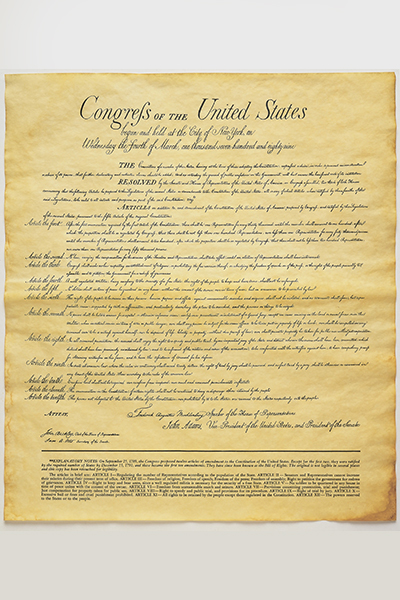
A Free Press
The First Amendment to the Constitution guarantees five freedoms for Americans. One of these is freedom of the press. The lawmakers who wrote the amendment knew that if the government could block opinions or stories, the public would be less informed.
In some countries, the government limits what journalists can report. Writers can be punished for stories that the government doesn’t like. Thomas Jefferson once wrote, “Our liberty depends on the freedom of the press.” Do you agree?





